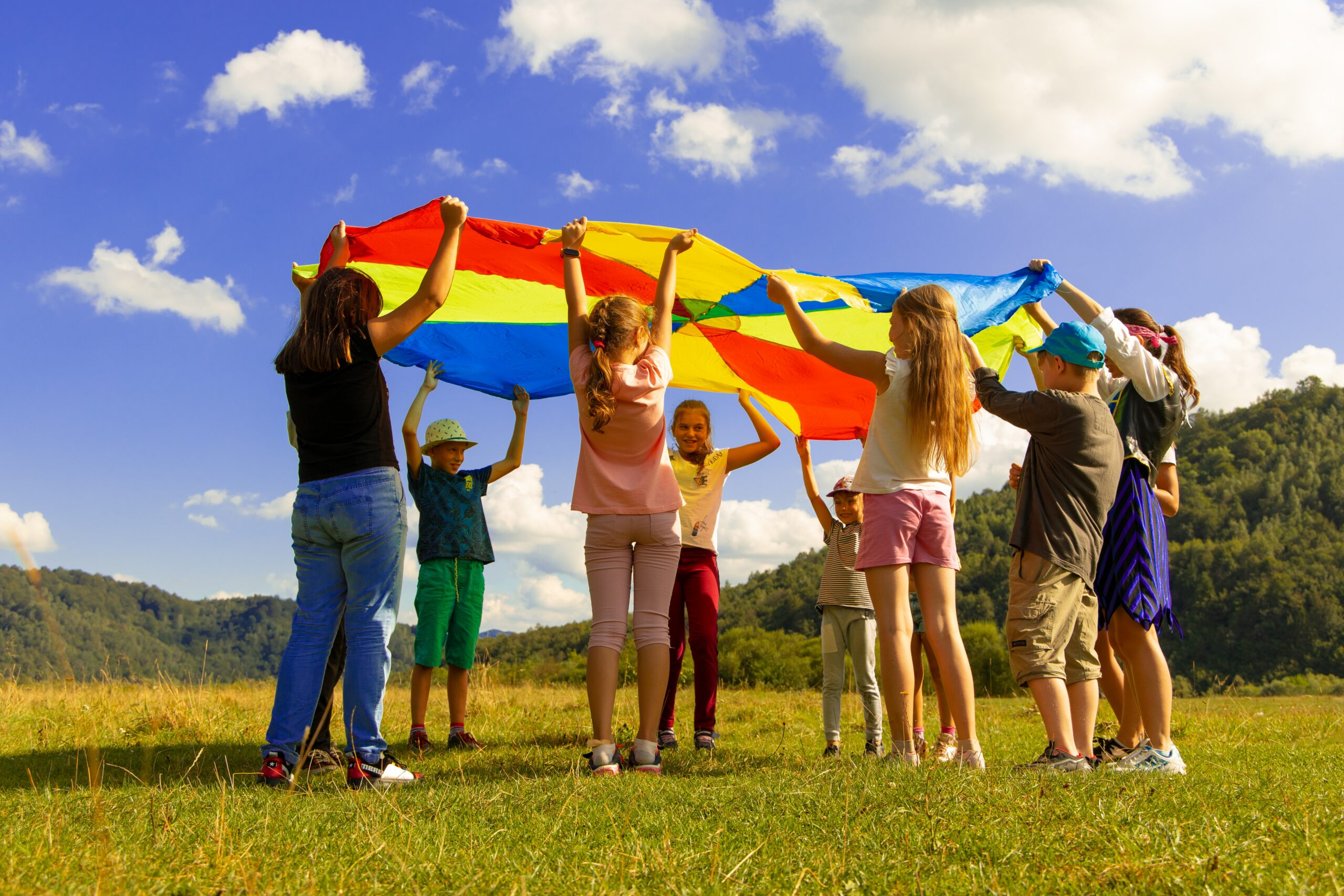
What is Play Based Learning?
Play based learning is when children naturally explore new things and places, ask questions, and problem solve through open ended play that has no desired outcome of learning.
The Elements of Play Based Learning
- Self chosen: A child chooses to play, how they’ll play, and for how long.
- Enjoyable: The play is enjoyable for the child.
- Unstructured: The child can explore and discover new things during play and are not controlled by rules or plans.
- Process-oriented: There is no end or desired outcome/learning goal.
- Make believe: Play can involve the uses of imagination.
How Play Based Learning Supports Pro-Social Behaviour
Play based learning provides students the opportunity to naturally practice the emotions and behaviours listed bellow.
- The ability to help regulate others and to co-regulate with others
- A sense of honesty, both with themselves and with others
- Empathy, or the capacity to care about others’ feelings and to help them deal with their emotions
- The ability to put the needs and interests of others ahead of their own
- The desire to “do the right thing” and the conviction to act on their convictions.
How to Use Play Based Learning in the Classroom

Play-based learning is easiest to use in younger elementary school classrooms. As educators, we should still take elements from play-based learning and include them in our classroom activities for our older students. It may be hard to come up with activities for older students that are fully play-based focused, but it is still possible to include some of the play-based elements in their learning. The examples below are ideas of activities you can include in your classroom that are fully play-based learning or embody play-based learning elements.
- Story Drama
- Nature exploration
- Centres
- Flex blocks
- Use of Manipulatives